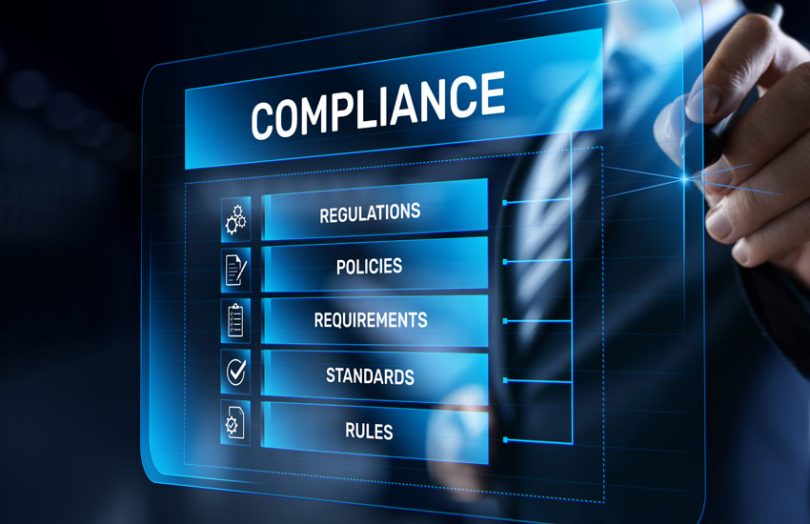In a speech yesterday, Nikhil Rathi, the CEO of UK regulator the Financial Conduct Authority (FCA), said its blockchain regulatory reporting initiative is making progress.
He estimated that regulatory reports cost firms £1.5bn ($2bn) to £4bn ($5.5bn) a year with 20,000 rules across 58,000 firms.
The Digital Regulatory Reporting Initiative (DRR) is a joint project with the Bank of England that will provide the option of connecting to the blockchain or via APIs to provide regulatory reports. When it launches, it won’t just save firms money but should allow compliance checks to be completed in almost real-time. The exploratory initiative started in 2018 and is currently in its third phase.
Previous phases recommended a decentralized solution where companies can develop their own software that complies with standards. Hence a key requirement is to standardize data. The current phase is focused on the data side, creating a dictionary and regulatory rulebook.
In the second phase, one of the avenues explored as part of DRR was the common domain model (CDM) developed by the derivatives association ISDA, covering standards for both data and processes. While the CDM is not blockchain specific, it has been adopted by several blockchain solutions.
However, to our knowledge, the FCA’s project simply investigated CDM along with Rosetta DSL, a domain-specific language developed by RegnoSys, ISDA’s regtech partner for the CDM.
Not only is ISDA’s CDM getting adopted in derivatives, but it has collaborated with other sectors. For example, securities association ICMA is creating a CDM for the repo and bond sectors. Likewise, the securities lending association ISLA has also developed a CDM in conjunction with RegnoSys.
Given the increasing use of blockchain in capital markets, it’s likely that other organizations will also consider developing CDMs in their sectors.
Meanwhile, the FCA CEO also mentioned that its sandbox was used for the first regulated security token offering.






